When I finally spoke with Joseph Neustadt by phone, I told him how nice it had been to see him a few weeks ago in person.
“We’ve never met,” he said.
I assured him we had, at the Torah Slam 2 event The Jewish Journal sponsored on March 23. I reminded him he had come up to me afterwards — he was the elderly man who cut through a crowd of people and stationed himself right in front of me, demanding to know why I hadn’t published his memoir.
“No,” he said, “I wasn’t there.”
“We’ve never met?”
“Never.”
That’s when it hit me that I’ve been seeing Joseph Neustadt in my dreams, or — because I’d never seen his picture — a nameless Holocaust survivor whom I assume is him.
Those dreams are vivid enough to feel real a month later, and the survivor I dream about is always accusatory. I wake up feeling guilty.
Actually speaking to Neustadt did nothing to lessen the guilt.
Two years ago, he sent me a long freelance submission detailing what happened to him once the Nazis invaded his native town of Riga, Latvia.
Hello, my name is Joseph Neustadt. I am going to tell you about my personal experience in the Holocaust.
For two years, the pages sat in my in-box. He would call. I would delay. He would persist. I would promise. There were some days when my three great worries were my family, my job and what to say to Joseph Neustadt.
The problem was, I get one of those Holocaust memoirs, either by letter or e-mail, every couple of weeks. I get a Holocaust book at least once a month. And as I’ve written before, there are days when I walk into my office to find a survivor sitting, uninvited, waiting patiently for me, demanding to tell me a story.
It has always been a challenge to honor all these stories — each so different, each so alike. I understand the compulsion survivors have to share them, especially as their days on earth are approaching a finish. But how do you balance that responsibility with the need to present The Journal’s readers with news and information that reaches beyond those tragic years? Yom HaShoah takes place on April 21 this year. But the dark joke around here is that in Jewish journalism, every day is Holocaust Day.
On Monday, I picked up the phone and called Joseph Neustadt. Our Web site, jewishjournal.com, is read each month by 200,000 people around the world, I explained, and has unlimited space. I would write about his story in my column, but post his letter in its entirety online.
What I wanted to know, I said, was the rest of the story.
There were 90,000 Jews in Latvia prior to 1941, more than 40,000 of them living in Riga. They were at the top of their professions, enjoying a rich cultural life and some of the best Jewish schools in all Europe.
Neustadt was 14 when the Germans invaded. They burned down all the synagogues but one — it was too close to a church — and made the Jews wear yellow stars and walk “in the gutters.”
The Germans set up a ghetto that was divided into two parts — the Small Ghetto and the Big Ghetto — imprisoning more than 30,000 Jews who remained in the city. Neustadt was sent to the Big Ghetto for the women, elderly and children. About 5,000 men and women were sent to the Small Ghetto, where they were used for work details.
On Nov. 30, 1941, the SS and Latvian volunteers took half the Jews from the Big Ghetto — 15,000 people — to mass graves in the Rumbala Forest, made them lie down like sardines, and machine gunned them all to death.
Neustadt, his mother, two sisters and brother were to be in the next group. His mother urged the boys to escape to the Small Ghetto. They succeeded; his mother and sisters were murdered in Rumbala on Dec. 8.
Neustadt and his brother survived in the Riga Ghetto, then in a series of concentration camps. They watched their father get selected for extermination. On May 3, 1945, they were liberated by the British army. Neustadt’s brother died 11 days later, of typhus.
“I was 18 years old,” Neustadt wrote, “and I was all alone. I could never replace what I lost as a child.”
Neustadt spent four years in Holland, then came to New York by way of Canada in 1954. He worked in a television shop during the day while completing his high school and vocational school diploma at night. He married. He moved to Los Angeles, eventually settling in Calabasas. He landed a job as an electrician with McDonnell Douglas, where he stayed until his retirement.
The Neustadts had a son and daughter, and they now have four grandchildren. Neustadt never told them about his past.
“Nobody asked me,” he said. “And it was too hard. I lost everybody.”
When the movie “Schindler’s List” came out in 1995, his son began asking him questions.
The floodgates opened. His 16-year-old granddaughter invited him to speak at her high school in Thousand Oaks. Since then he has spoken at schools, colleges, community centers. He told his story to Steven Spielberg’s Shoah Visual History Foundation, founded on the proceeds from “Schindler’s List.”
There are four survivors from Riga left in Los Angeles, Neustadt told me. Benno Schneider, whom he met in the camps, died two months ago.
“I’m the youngest survivor,” he said.
I promised Neustadt people would read about his story in this column, and even more online.
He wasn’t happy.
“What about old people who don’t know how to use the computer?” he asked.
“I’m not worried about them,” I said. “They already know about the Holocaust.”
Letter from Joseph Neustadt
Hello, my name is Joseph Neustadt. I am going to tell you about my personal experience in the Holocaust.
I was born on June 15, 1927 in Riga, the capital city of Latvia, which is located on the Baltic Sea. I lived with my parents, Mandel and Gosia, my two sisters, Sarah and Manya, and my brother, Jacob.
I remember that Riga was a beautiful city — like a resort. When I was a young boy there, we were able to go swimming in the summer and go skiing in the winter.
In Riga I attended a Hebrew school and it was considered the best Hebrew school in Europe. All subjects were taught in Hebrew, except for two hours a day, we learned the Latvian language.
In June 1940, I had my bar mitzvah at age 13, and then in September we celebrated the Jewish New Year. I did not know that it would be the last New Year that I would celebrate for a very long time.
Before World War II, there were 90,000 Jews in Latvia and 30,000 Jews in Riga. By 1941, the Germans had taken over Latvia. They set out to destroy all the Jews. During the first few days, the German SS, with the help of Latvian volunteers, killed about 8,000 Jews, by going house to house and rounding them up. On July 4, 1941, an order came from Berlin to burn down all the synagogues in Latvia. Sixty-four synagogues were burned on that day—-only one synagogue was spared, because there was a small church nearby and the Latvians were afraid the fire would spread and damage the church. Later we found out that many Jews were burned alive inside the synagogues.
An order was published regarding that all Jews wear yellow stars on their clothes and that they must walk only in the gutters and not on the sidewalks.
In October 1941, all Jews received orders to leave their apartments and move outside the city where a ghetto was established. The Germans put up a fence around the ghetto and had guards watch so no one could escape. In the ghetto, there were about 30,000 men, women and children. The Germans chose about 4,000 men and forced them to work as slave labor on the outside of the ghetto, doing work such as carpentry, electrical, plumbing, etc.
The German SS would crowd them into trucks and take them to work in the morning and bring them back at night. They were thoroughly searched, and if a little bit of food was found, they would be punished, and often shot to death. My father and brother were among the 4,000 who went to work daily.
In November 1941, the Germans fenced a small area and called it the Small Ghetto. Then when all the men were brought back from work, they were not allowed to go back to their families in the Big Ghetto, but instead had to go in the Small Ghetto. In the morning, as soon as the men left for work, the German SS and their Latvian volunteers entered the Big Ghetto and chased everyone out of their housing. Without warning, they started firing with automatic weapons point blank into the crowd. People were trampling over the dead. The weather was very cold and there was snow on the ground. When they finally stopped shooting, my mothers and two sisters and I had to stay out in the snow the rest of the day with the other survivors. They told us that a large part of the population would be resettled.
However, a worse tragedy began on November 29, 1941, when 15,000 men, women and children were taken to the mass graves in Rumbali Forest in Riga, Latvia, and were murdered. The mass graves had been prepared days earlier by Russian prisoners of war. The remainder of the people could go back to their housing, because they could not kill all 30,000 people at one time. My mother and my two sisters and I were among the 15,000 people who were not killed that day. It was my mother who actually saved my life when she made me leave the [Big] Ghetto, because she knew it would be safer for me to join my father and brother in the Small Ghetto where the workers were. So on December 6, 1941, I went there at night and crawled under the barbed wire fence. If I had been caught, they would have killed me on the spot.
On December 8, 1941, they took about 300 women who were dressmakers, and sent them to prison. After that, the same thing happened as had a week earlier. Shooting started all over the ghetto. A young woman asked a German SS to let her keep a little food for her child. He said that where she was going, there would be plenty of food for everybody. After that, all men, women and children who remained in the Big Ghetto were sent to Rumbali Forest to be murdered. That is when my mother and two sisters, and the rest of my family perished.
Only two women survived the mass killing. When the German SS and the Latvian volunteers left at night, they were sure everybody was dead. But a miracle occurred, because the two women, lying in the midst of all the dead bodies, were still alive and were able to escape. One of the women named Frida Michelson wrote a book about the mass killing and how she survived. The book is called “I Survived Rumbali.”
A few days later, Jews from Germany, Austria and Czechoslovakia were brought into the Large Ghetto and put into the housing where our families had lived. But thousands of Jews never saw the ghetto. They, too, were sent direct to the forest to be killed. They then brought back the 300 women from prison and put them into the very small part of the ghetto. Their lives were spared for the time being, because they were needed as slave labor to make uniforms for the German SS.
In 1942, some of the Jews in the ghetto tried to form a resistance movement and were able to get weapons into the ghetto by putting them under the food that was brought into the ghetto. However, this was discovered by the SS, and the 42 Latvian Jewish policemen who kept order in the ghetto were rounded up and killed instantly. They were replaced by Jews brought in from Germany.
My father and I remained in the Riga Ghetto until about 1943-1944. At that time I volunteered working in the kitchen, cleaning the streets and windows. This helped get food and room and board. But my brother, Jacob, was sent to Reichsbahn. When the Riga Ghetto was liquidated in 1943-1944, they sent my father and me to Kaiserwald for a short time, and since my brother worked at Reichsbahn, we were able to transfer there where I worked for the Reichsbahn. Then in 1944, they called everyone to come into the yard. Just like in Steven Spielberg’s movie, “Schindler’s List,” we all had to undress completely and form a single line. The German SS man looked at each person. Anyone he did not like had to go to the left and all those sent to the left were taken AWAY FOREVER. My brother and I never saw our father again! The rest of us were sent to a camp called Stutof. It was the most brutal concentration camp. I was there with my brother. The camp had a big gas oven where they sent hundreds of people daily to be gassed. I saw people lined up. They told them they were going to get showers, but nobody ever came back. I saw the smoke coming out of the chimneys.
Luckily, my brother and I were among 400 people who were sent from Camp Stuthof to Stolp, a city in Poland, to work. We stayed in barracks and had to work 12 hours a day.
At night, some of us would sneak out under the barbed wire fence and bring back potatoes that were growing in the field. Luckily we were not caught, but when six others attempted to do the same, they were caught. The rest of us had to watch as these six men were hanged.
As the Red Army came closer, they bombed the camp. I was not frightened, as I would have rather died form a Russian bomb than from a German gun. The German SS men were very frightened by the bombs and the Russians. They knew if they were caught by the Russians, they would be killed. Then in April 1945, the German SS chased us into cargo ships and hauled us under heavy guard to the town of Neustadt in Germany. The cargo ship was over-crowded and many prisoners were thrown overboard by the guards, while still alive. A few hours from shore, we were abandoned by the guards who told us before leaving the cargo ship, that we were atop of mines to be blown up. Luckily, we had on board, some Norwegian prisoners, who collected blankets, made them into sails, and succeeded in bringing us to shore.
On May 3, 1945, we were liberated by the British army. My brother and I were very sick, and were put in the hospital. On May 14, just 11 days after being liberated, my brother died from typhus, a terrible infection caused by fleas and lice. But God kept me alive and chose me to be a witness.
I was 18 years old. And I was all alone. But I had been lucky. Many times I had escaped certain death at the hands of the German SS, but I survived.
After the war, I lived in Europe and Canada. But I did not find happiness until I came to the United States in 1954. I could never replace what I lost as a child.










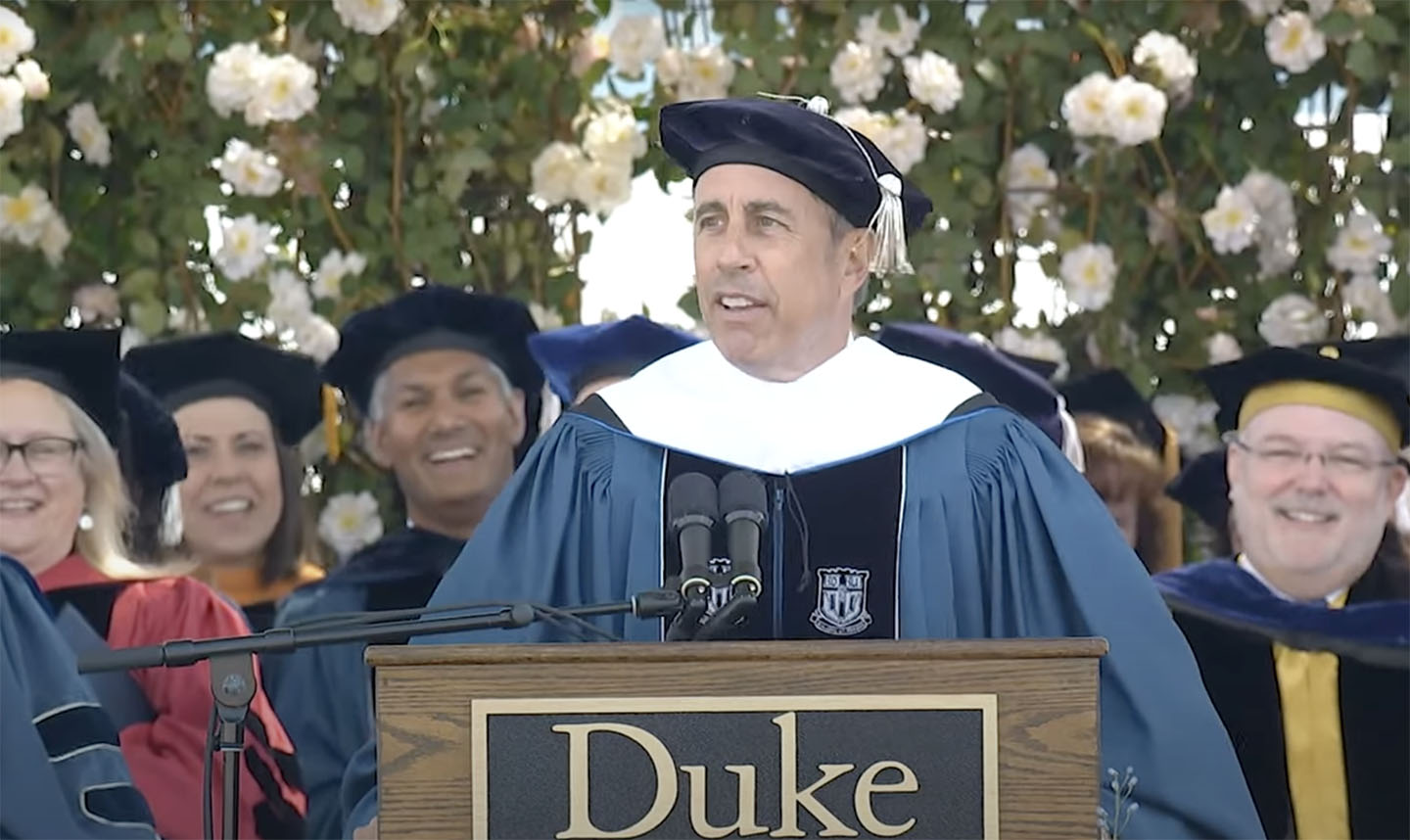
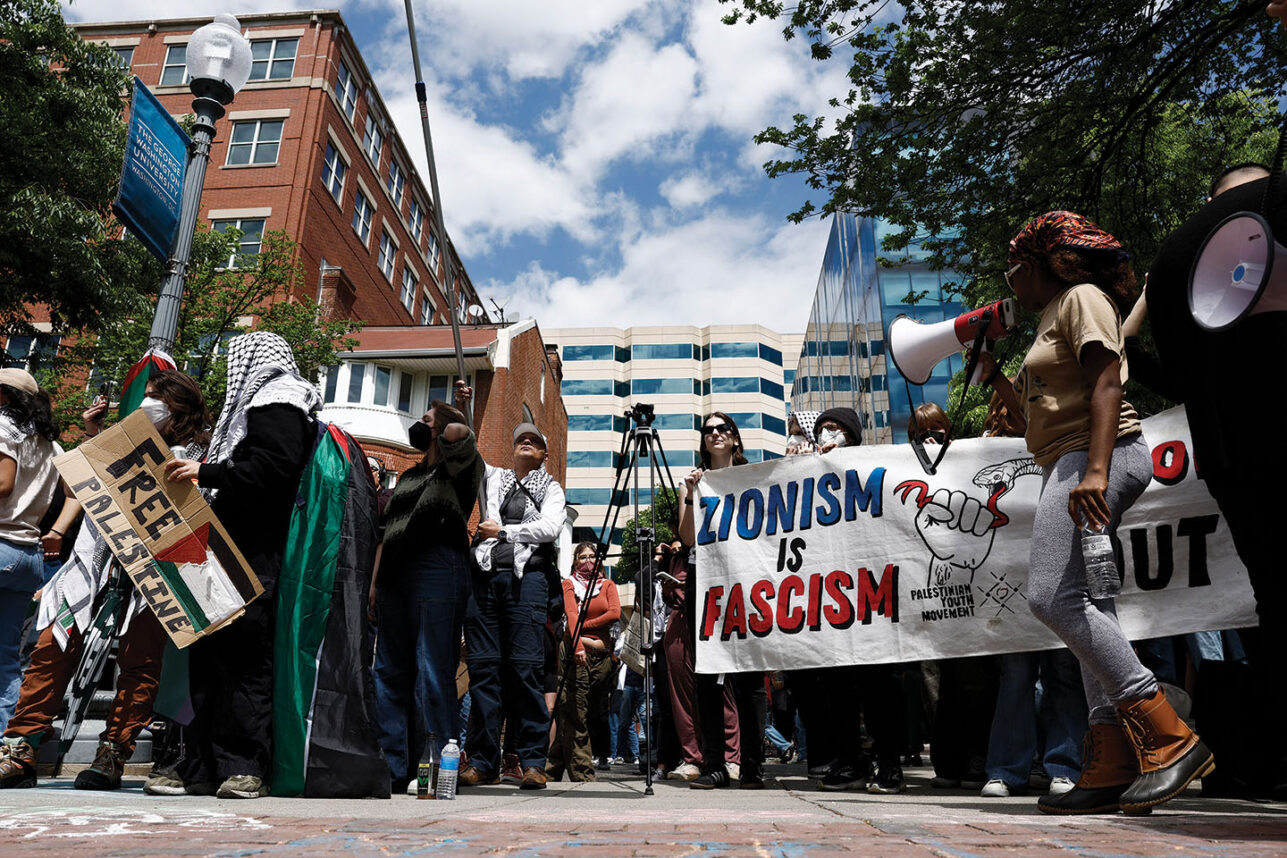


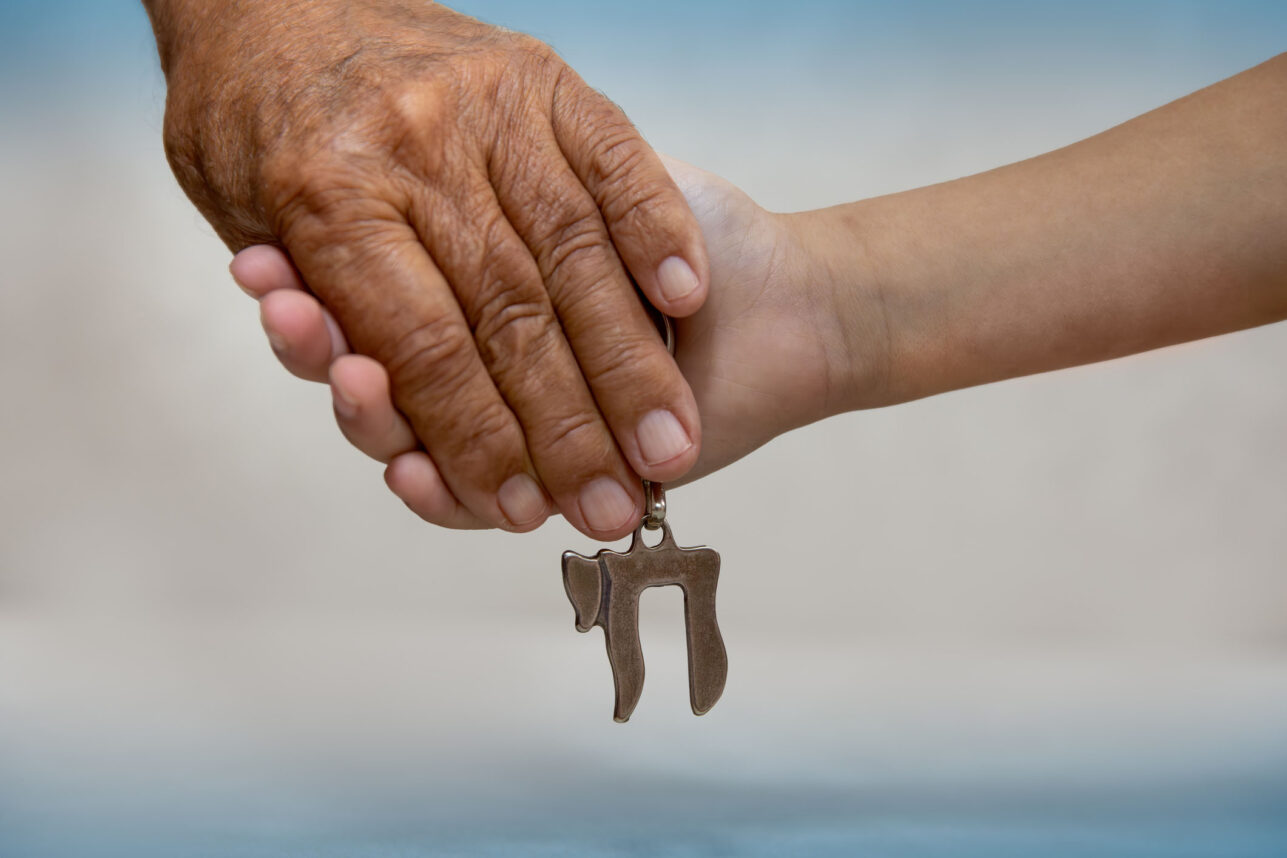
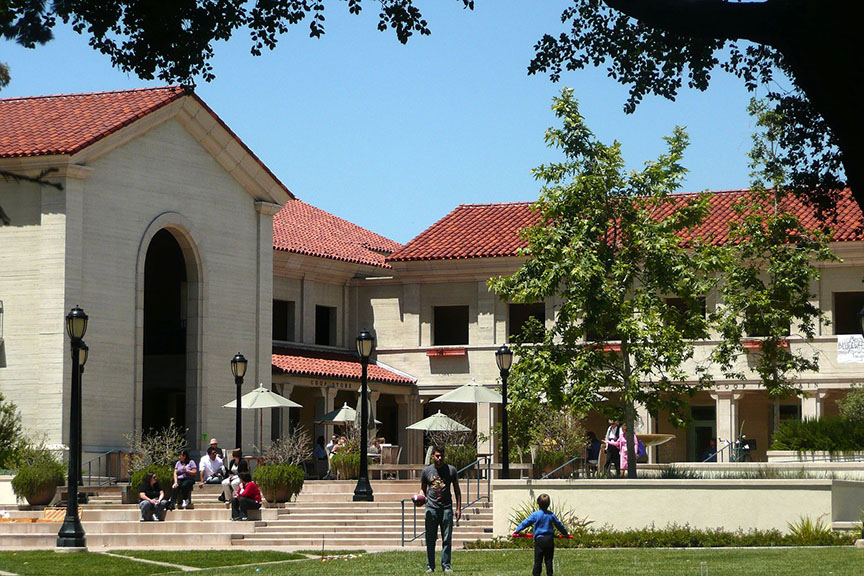
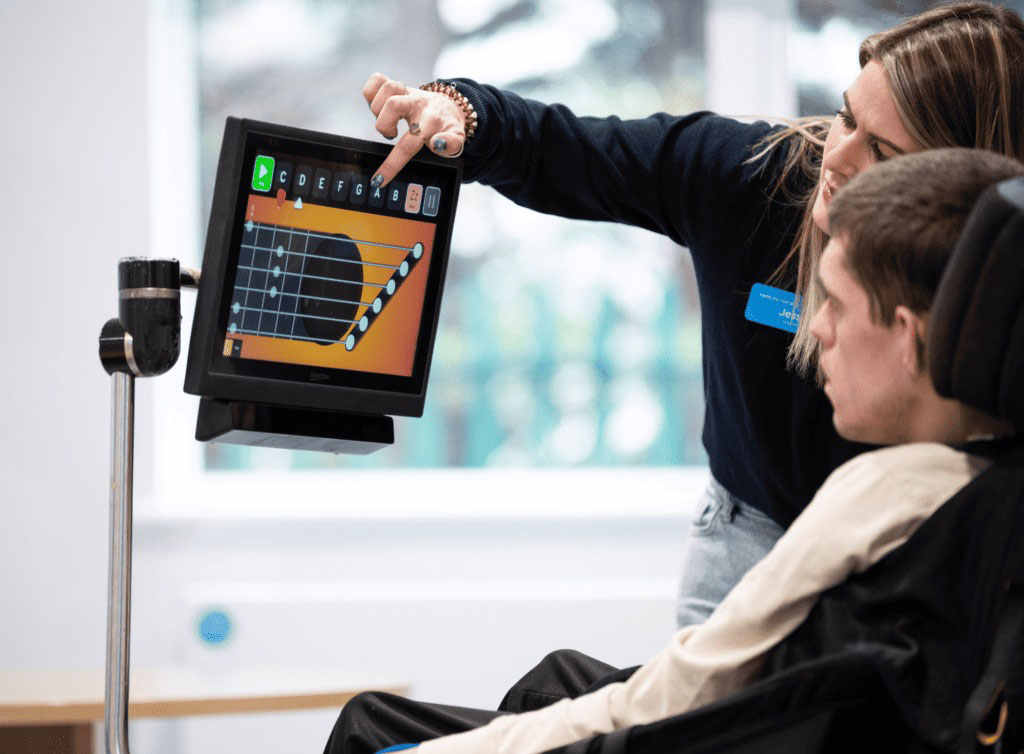






 More news and opinions than at a Shabbat dinner, right in your inbox.
More news and opinions than at a Shabbat dinner, right in your inbox.